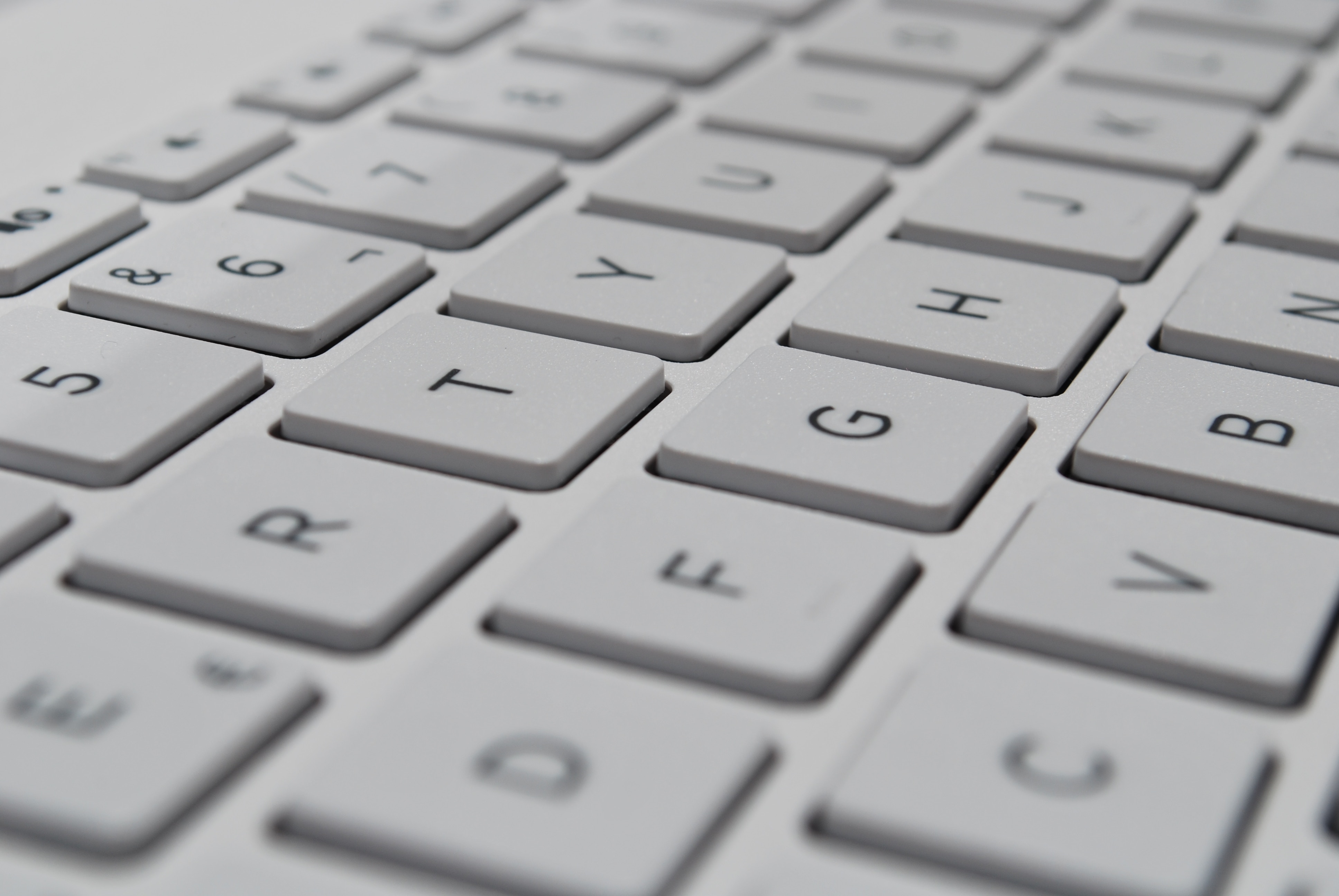Facebook recently stated that it identified and deleted over 1.3 billion fake accounts over the past 2 quarters. Twitter regularly deletes inactive and fake accounts, deleting on average 6% of all accounts per cleanup.
So how can you identify fake accounts, bots and trolls in social media? When should you react?
Fake profiles can also be used in malicious activities or be a part of modern, hybrid warfare (we were part of a team researching propaganda during the 2014 Russian-Ukrainian conflict). The problem of fake accounts is real and it’s not only in politics. Malicious competition can hire bots and trolls to spread fake news about your company, product or service. They were even used in bashing Star Wars: The Last Jedi on the internet, according to a recent study.
How to recognize a bot on Twitter or Facebook
It’s not hard to be honest. But it isn’t always easy to know whether or not a particular account is indeed a bot.
First, there are a few factors that point to a fake account. Just keep in mind that the presence of one of these factors isn’t enough to identify a bot. Only a combination of several indicators warrants labelling a particular account as fake.
The first indicator of a fake account is the profile picture. Not setting a profile picture is suspicious. If you suspect that an account is fake, you can always do a reverse image search of its profile. If it turns out that the same profile picture appears on different accounts, the chances this is a troll or a bot are high. The same applies to instances when you find out that the image used is of another, real person or stock photo.
Next, it’s worth looking at the user name. Lots of numbers, some gibberish like “Xsthasco” or “Stephen983539” can indicate that this is a fake account. BUT remember that some people don’t want to change the default handle Twitter gives them, and it doesn’t necessarily mean they’re paid Russian trolls.
On to the stronger indicators – account behavior. Check how often the account tweets or posts. Do they tweet in an irregular manner, months-long silences interrupted by eruptions of tweets? Do they tweet in second-long intervals? If so, you probably just identified a bot. Hurray?
Still not sure? Check what they post. Do they post in different languages? Not like Canada’s Prime Minister, who tweets in English and French – both are official languages of Canada and he tweets the same message in two languages. Lots of people speak fluently in more than one language. If the account has bursts of tweets in one language, then starts tweeting in another language, then another – it’s probably a bot for hire. Some of the most active Twitter accounts during the protests against judiciary reform in Poland were bots previously tweeting in Indonesian, Chinese, and Portuguese. If a majority of tweets are just retweets without any comment or just mentions of other accounts – that’s another indicator of fakeness. This tactic is used to get to the Most Popular tab on Twitter, creating the impression that this is what the majority thinks or that this issue is important. This happened with The Last Jedi – half of the negative opinions of the film and its director were fake.
What to do with fake accounts?
The solution is easy – if you spot a troll or bot (or you’re almost certain of it), the best and easiest way to deal with them is to flag and report. The rest will be taken care of by the social network itself. Also, if you identify an account as a troll or bot – just stop answering its posts, comments etc. It’s a waste of your time, so don’t hesitate to ban them. The old internet saying – Don’t feed the troll – remains ever relevant.
Interested in identifying trolls among your audience? We have experience in this kind of research, too. Drop us a line at sales@sotrender.com.








